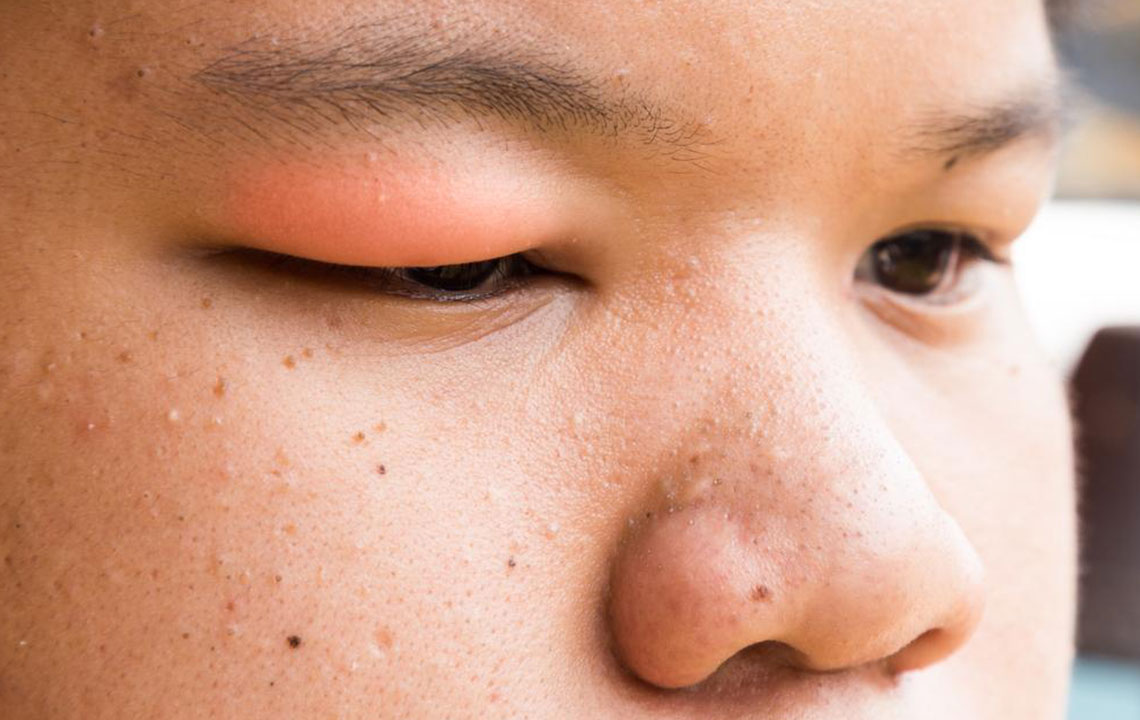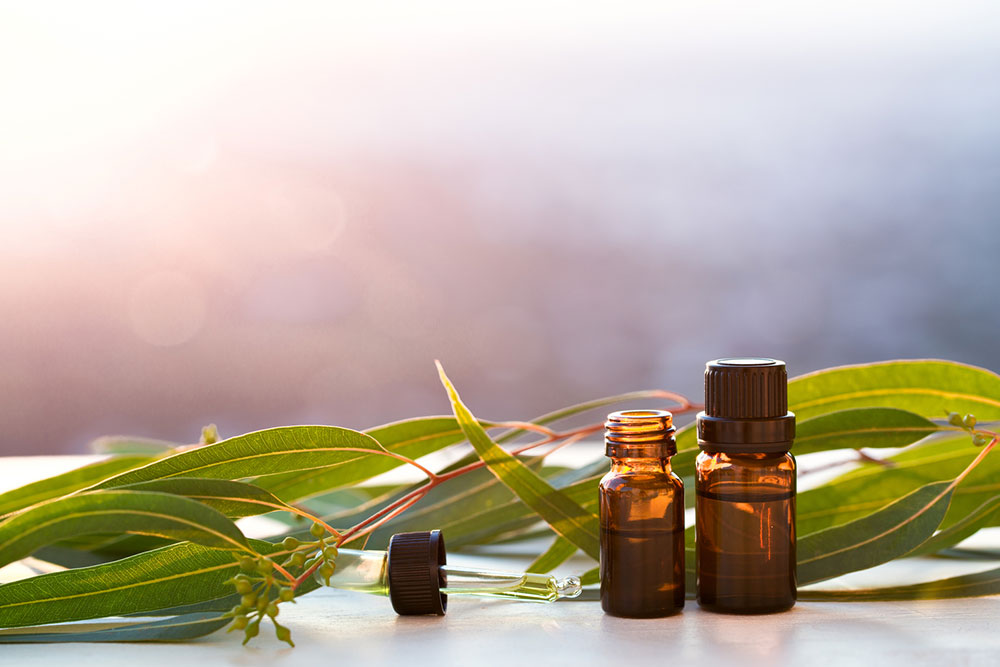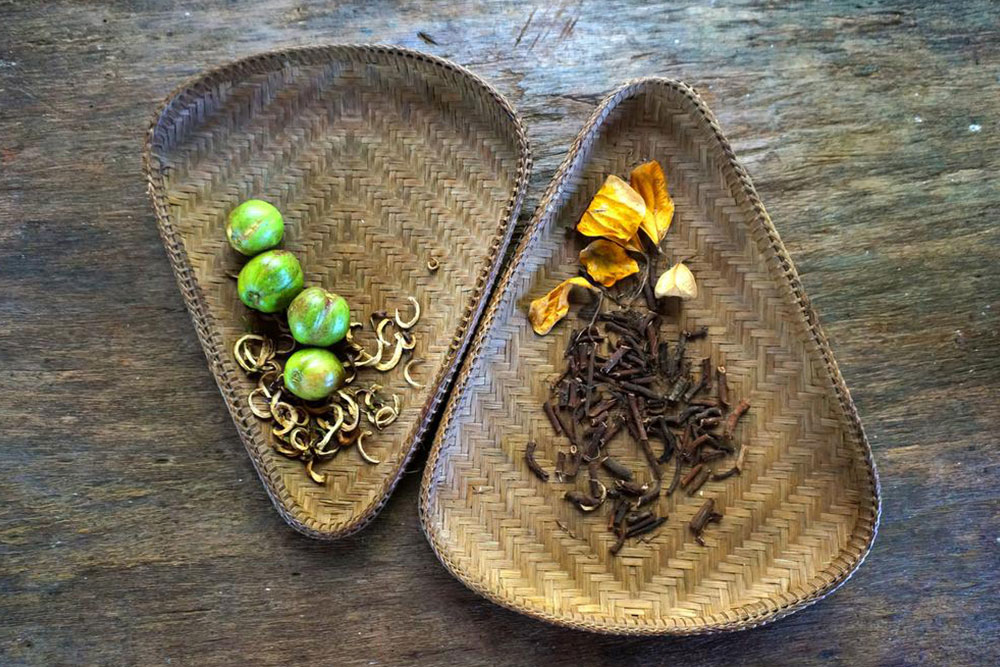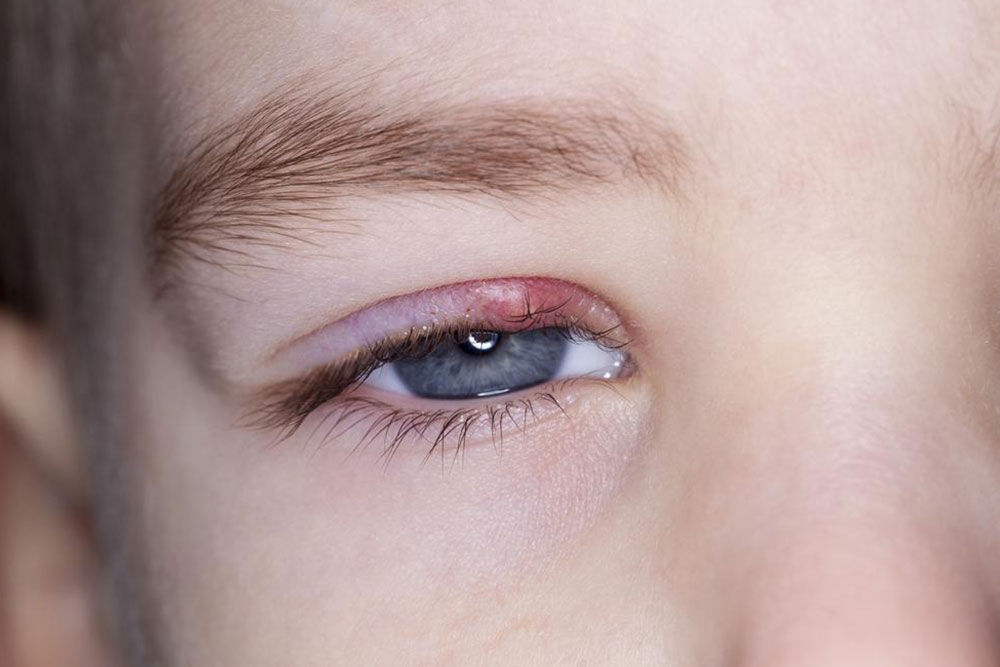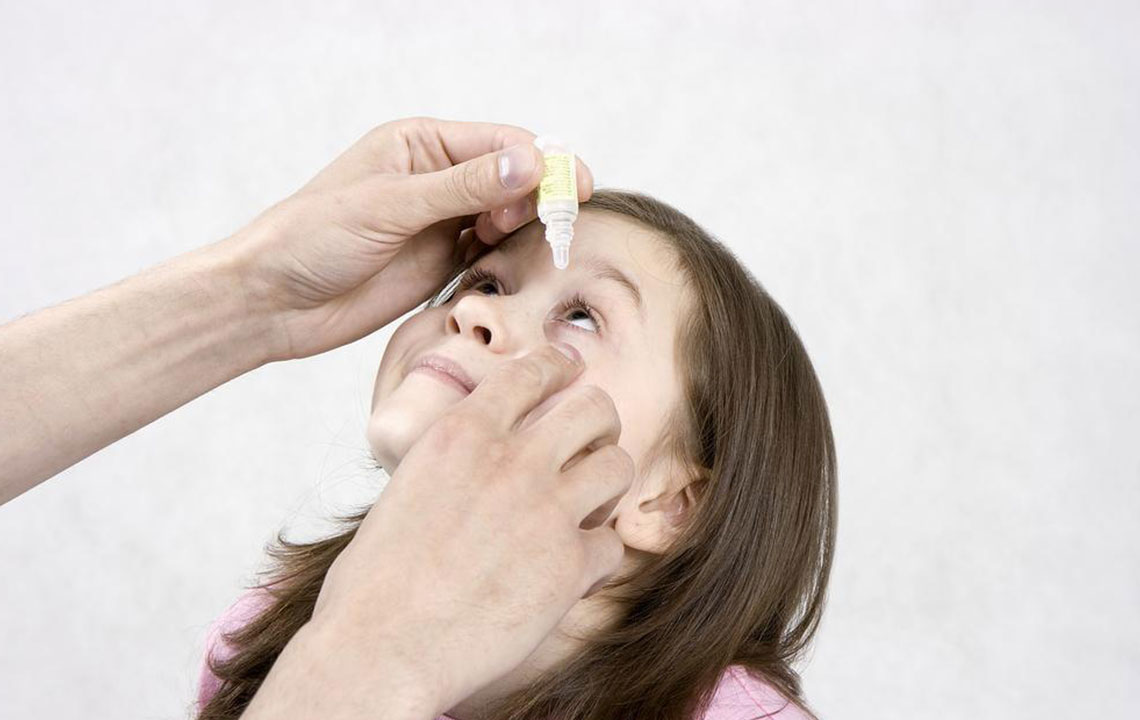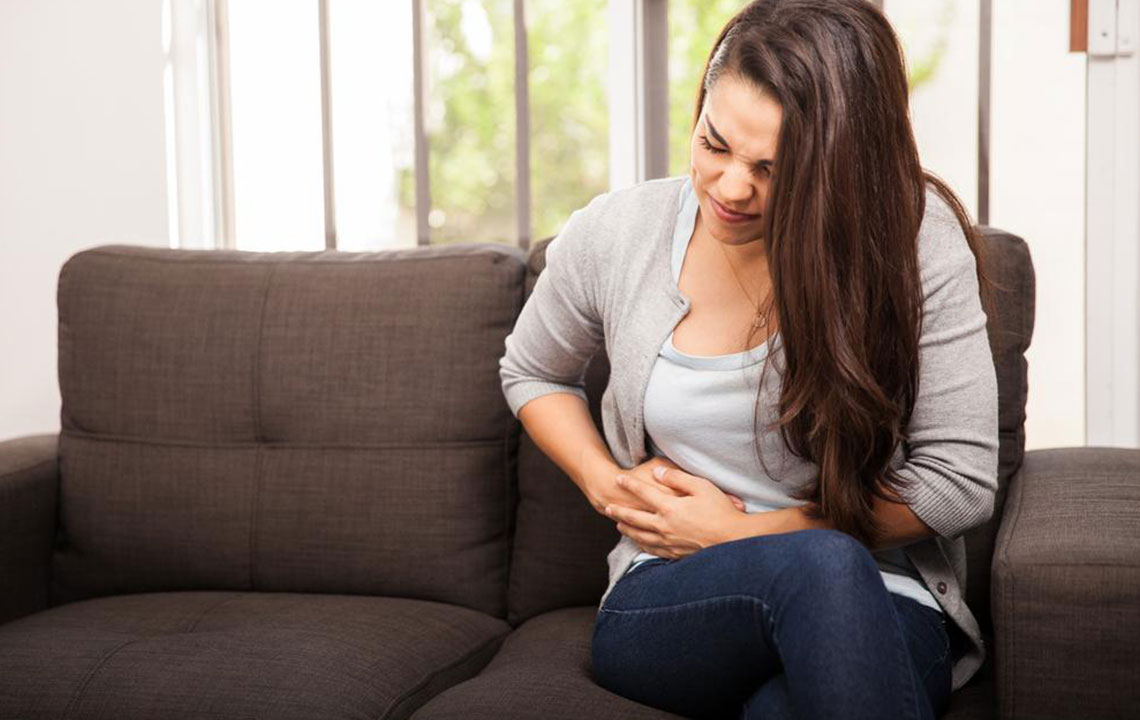Effective Methods to Treat and Remove Styes
Learn simple and effective techniques to treat and prevent styes. From warm compresses and proper hygiene to avoiding irritants and seeking medical help if needed, this guide provides essential tips for quick relief and healing of eyelid styes. Maintain eye health with these proven home remedies and know when to see a doctor to avoid complications.
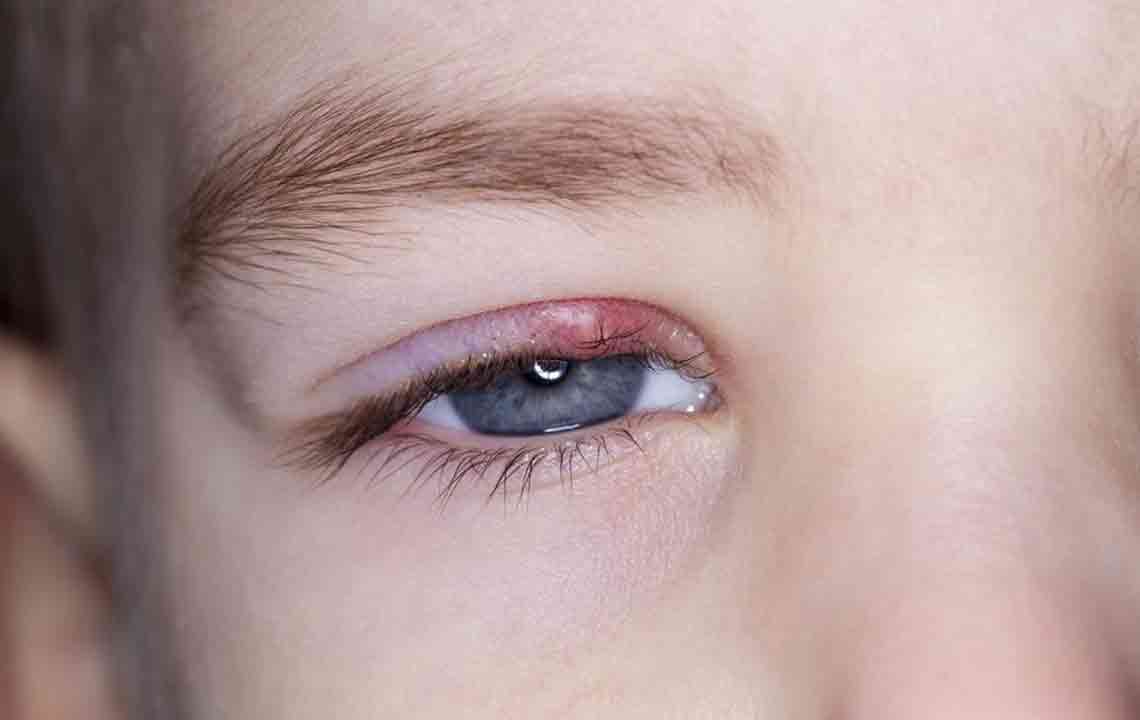
Effective Methods to Treat and Remove Styes
Styes are painful bumps that develop on the eyelid, often causing discomfort and swelling. These are caused by bacterial infections of the gland openings near the eyelashes. Understanding how to manage and treat styes is essential for quick relief. Proper hygiene, warm compresses, and avoiding irritants are key steps in treatment. If a stye persists or worsens, consulting a healthcare professional is recommended. Most styes resolve within a week, but prompt care can speed recovery and prevent complications.
Eyelid glands produce oils that protect the eye but are prone to blockage. When these small ducts become clogged, bacteria can thrive, leading to styes. Maintaining eyelid hygiene is crucial to prevent their formation. Recognizing symptoms such as swelling, redness, burning sensation, and pus-filled bumps helps identify a stye early. Applying warm compresses, gentle cleansing with tear-free baby shampoo, and using antibacterial ointments are common treatments. Avoid makeup and contact lenses to prevent worsening. If symptoms persist, consult a doctor for further care.
Warm compresses are highly effective; dampen a clean cloth with warm water and apply it over the affected eye for 5-10 minutes, multiple times daily. Using a warm, moist tea bag can also reduce infection, thanks to its antibacterial properties. Refrain from using makeup and contact lenses during treatment. Over-the-counter antibiotic ointments can assist healing, and gentle eyelid massage helps drain blocked oils. Seek medical attention if no improvement occurs within a week or if pain intensifies.
Note that styes are generally harmless and do not impair vision. Proper hygiene plays a vital role in prevention and recovery. Never try to burst a stye yourself, as this may spread infection. Pain relief medications can ease discomfort, but persistent or worsening symptoms warrant professional evaluation. Maintaining cleanliness and avoiding eye irritants support faster healing and overall eye health.

